Large landing ship project 775
The large landing ship of the ocean zone of the 775 project is designed for transportation and disembarkation on both equipped and unequipped coast with a small slope of the bottom of the landing force forces with military equipment. The ships were laid and built at the shipyard "Stocznia Polnocna" in Gdansk (Poland) in the period from 1974 to 1985 years. Total built 17 ships of this project.
BDK Project 775 - a multi-deck ship with a forecastle and a developed aft superstructure. In there tank hold. Its length is 95 m, width and height - 4,5 m each.
Having a normal displacement of 4080 tons, the ship can transport and land assault forces, including 190 people and 10 units of equipment (armored personnel carriers, infantry fighting vehicles, tanks, cars, etc.). The personnel of the landing is located in several cabins and 4-local officer cabins. The nose landing gear includes a nasal gate and a descent gangway, which is lowered by a hydraulic drive.
Artillery armament includes a twin 57-mm AK-725 artillery gun with a MP-105 radar firing control system, a range of up to 16 km and 1000 rounds of ammunition. Rate of Fire - 100 shots per minute. Shells can be equipped with both contact and contactless fuses. Shooting can be conducted in automatic mode and in manual mode under the control of the operator.
The ship is equipped with a radar for detecting airborne targets of the MR-302 type, two navigation radars and advanced radio communications. There are also passive electronic warfare systems. The main power plant (GEM) consists of two diesel engines with power up to 10500 hp, working on two propellers. The power plant is located echelon in two side compartments. The sources of electricity are three diesel generator power up to 500 kW.
The cruising range of the ship at a speed of 18 knots with a normal fuel reserve is about 4000 miles. The autonomy of the ship (by provisions stocks) reaches 30 days. The crew has about 75 people.
Tactical and technical characteristics of a large landing ship project 775
Length, m - 112,5
Width, m - 15
Draft, m - 3,7
Crew, people - 75
Landing, people - 190
Carrying capacity, tons -480
Displacement, tons - 4080
Maximum speed, knots - 18
Range at maximum speed, miles - 4000
Autonomy, days - 30
Large landing ship Azov (photo)
Large landing ships of project 775 (Ropucha I according to NATO classification) - a series of Soviet BDKs. Designed for landing amphibious assault on the unequipped coast and the transfer of troops and cargo by sea. Able to transport various types of armored vehicles, including tanks. The ships of the series are the basis of the Russian landing fleet. The project 775 landing craft was to be replaced by a series of ships of the new project 778. After the collapse of the USSR, in 1992 both unfinished ships were cut into slipways.
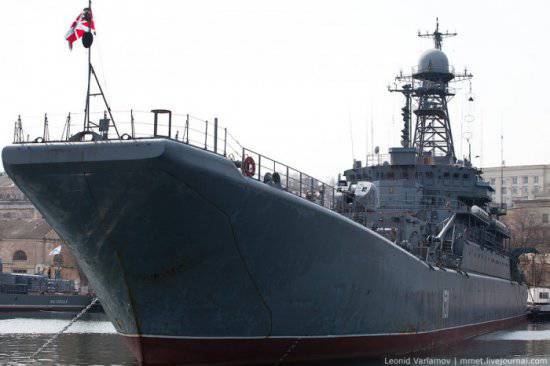
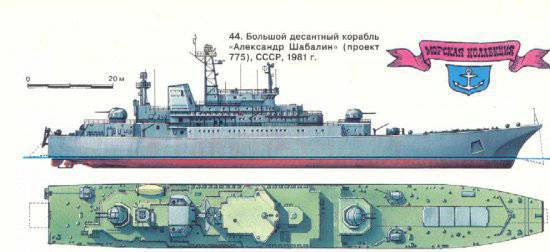
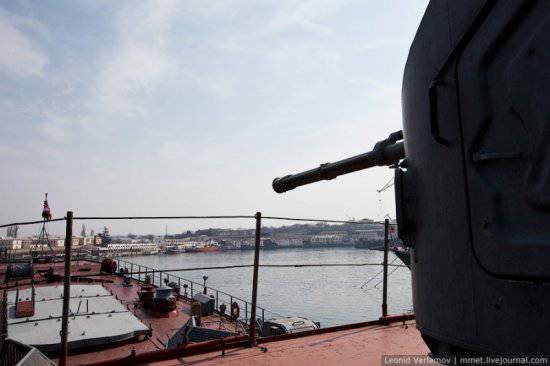
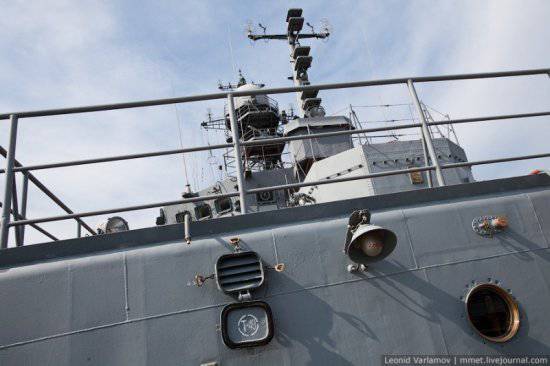
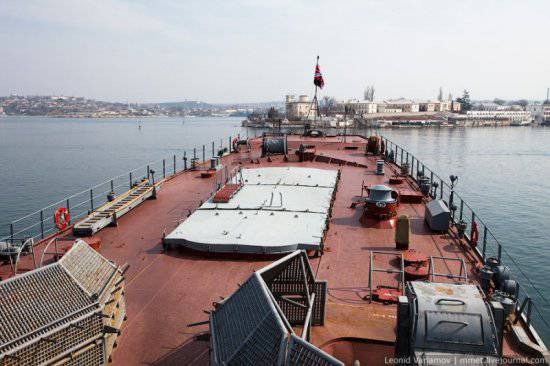
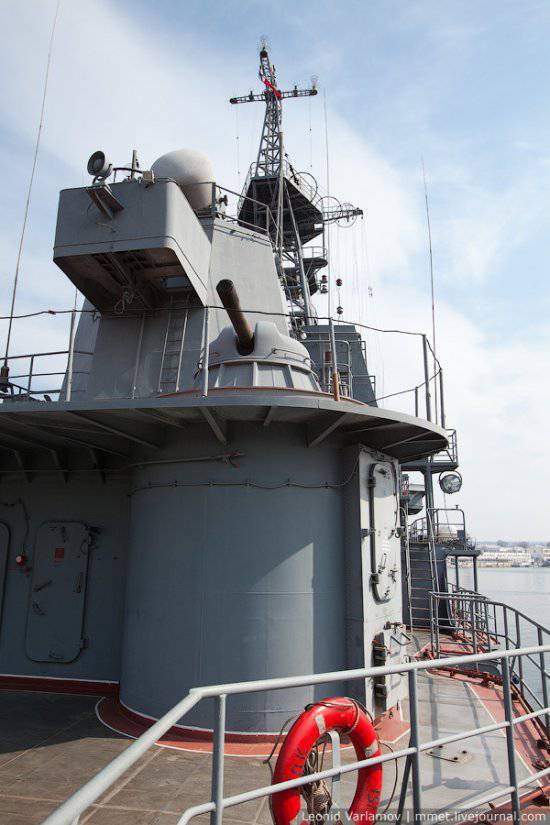
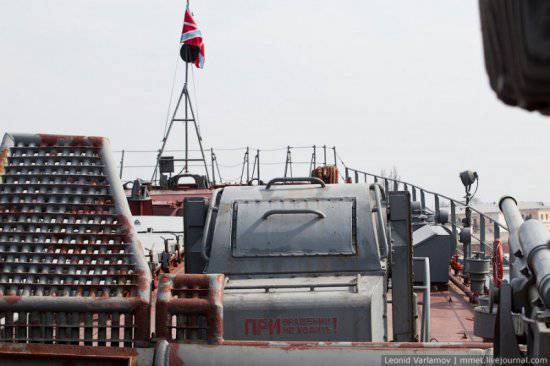
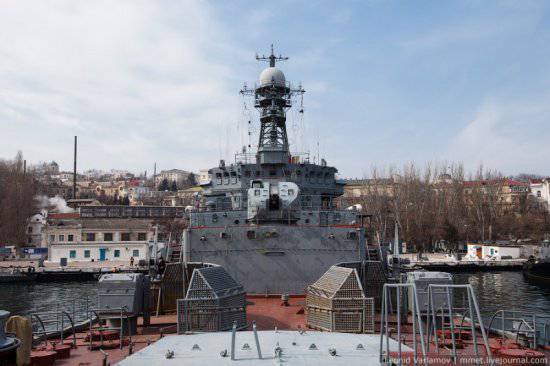
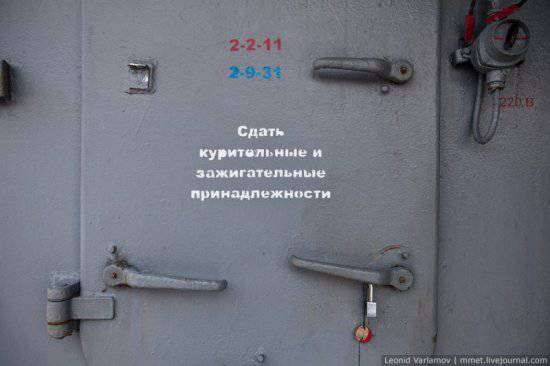
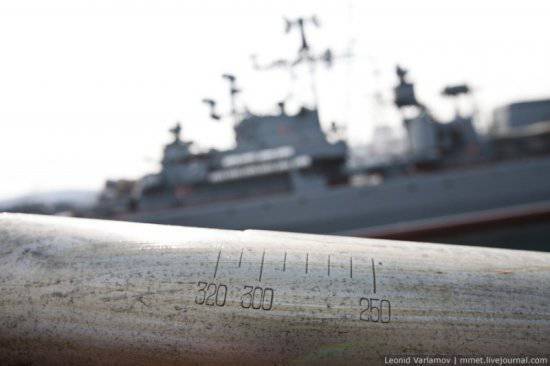
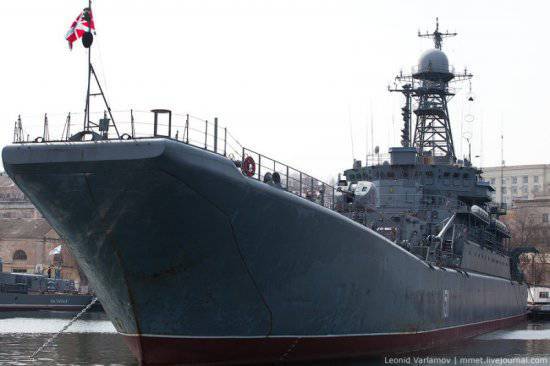
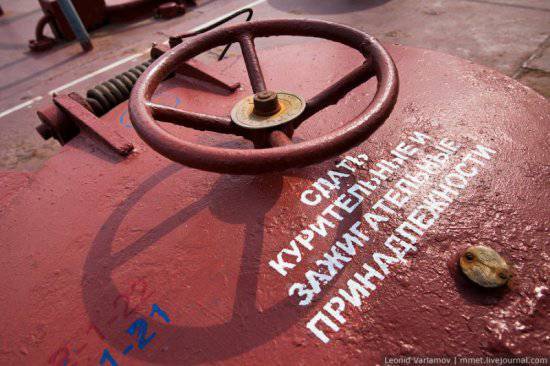
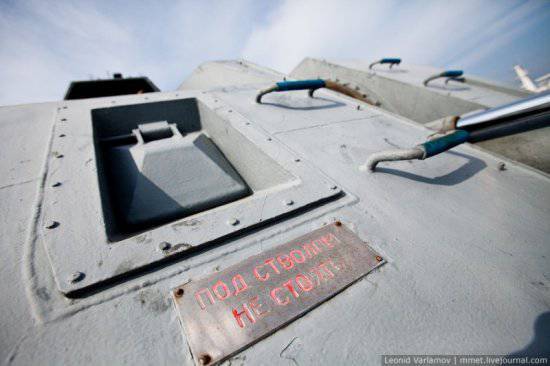
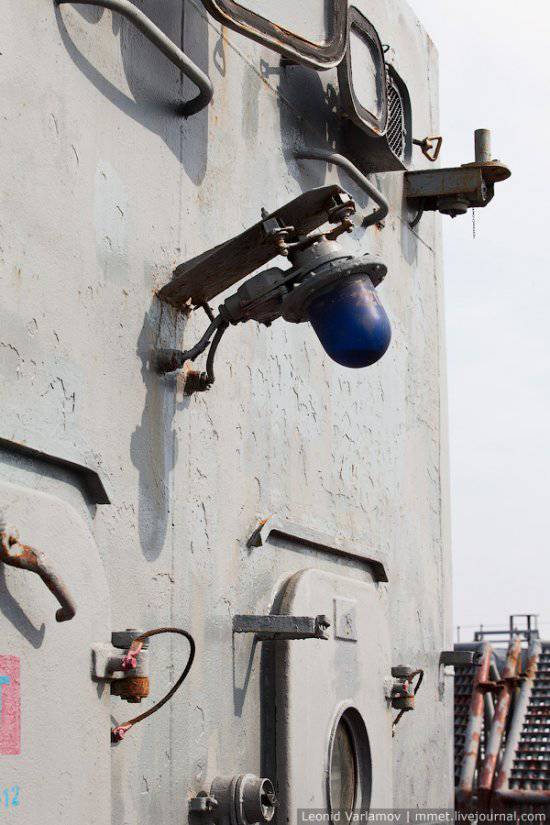
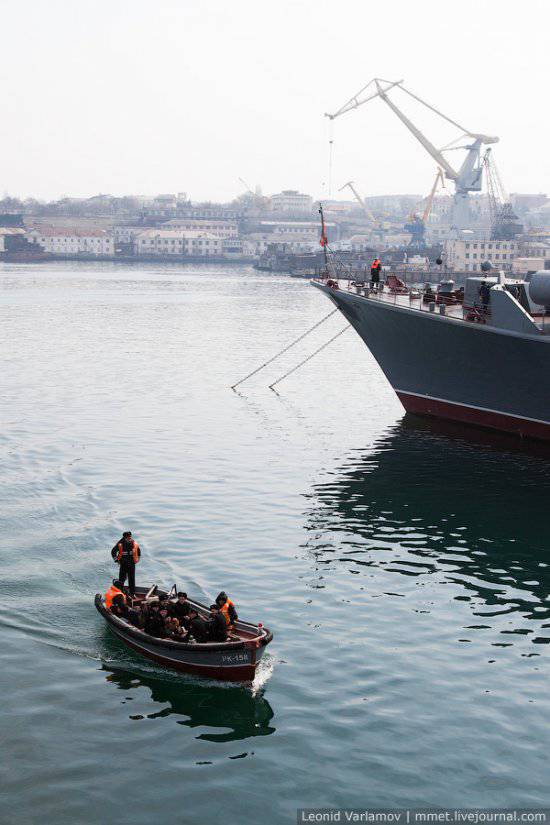
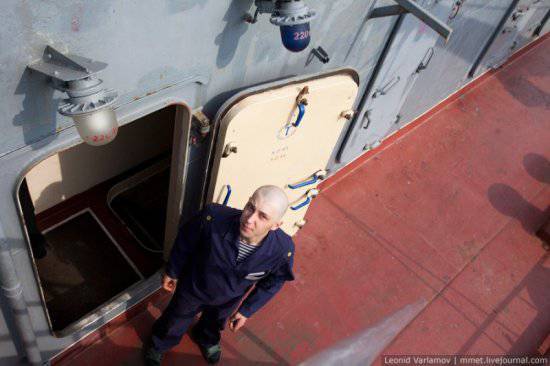
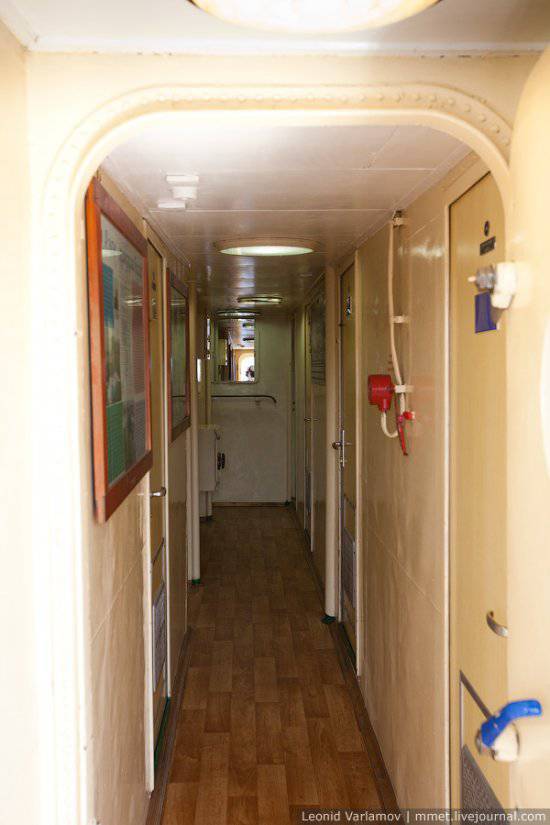
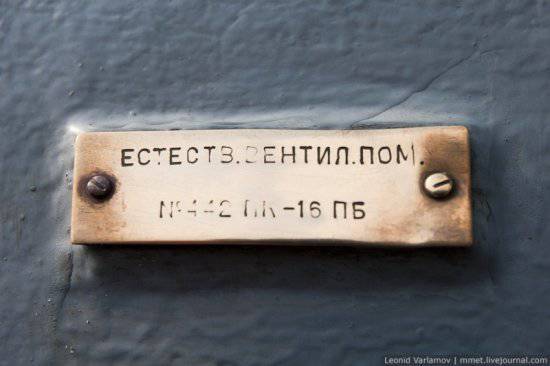
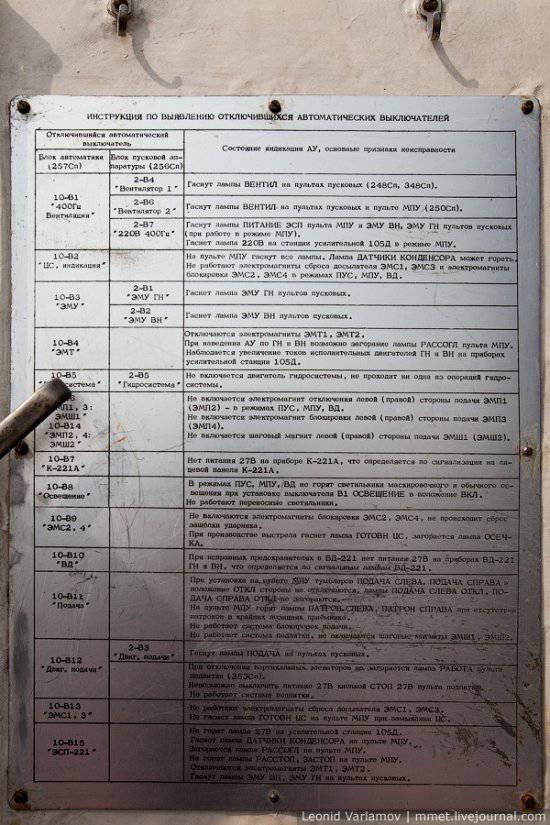
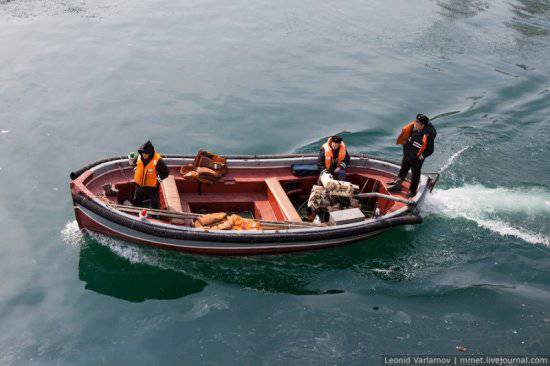
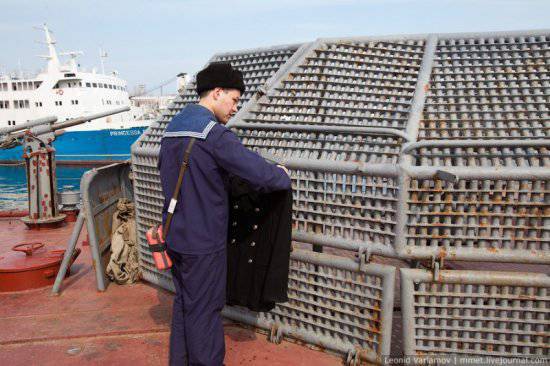
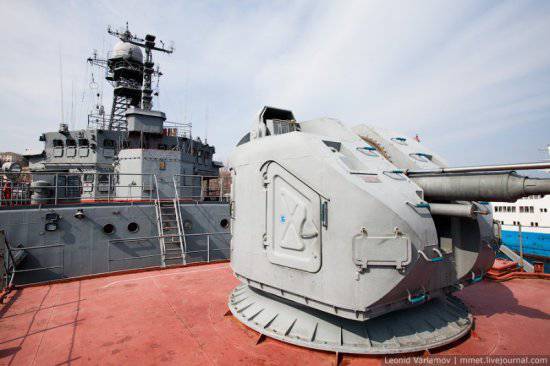
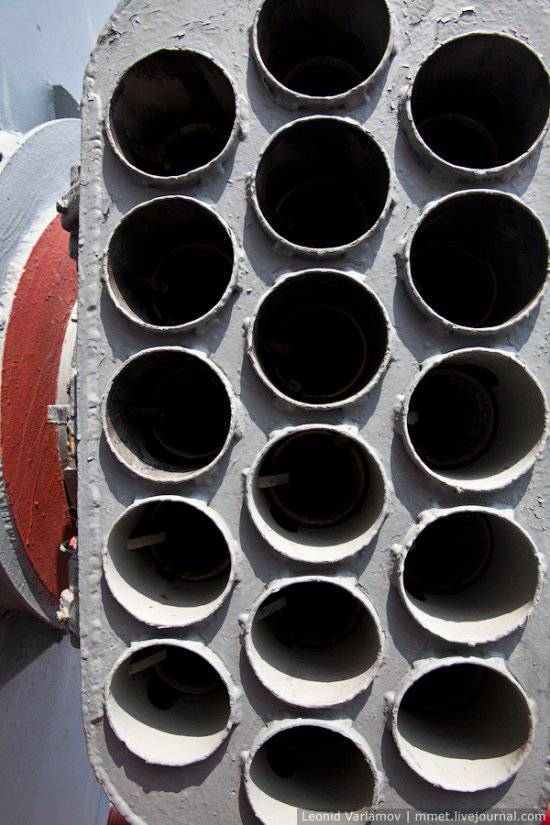
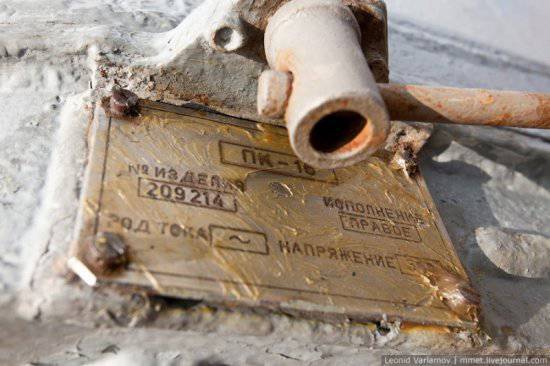
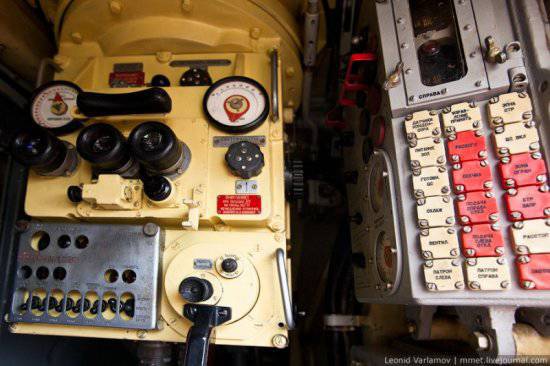
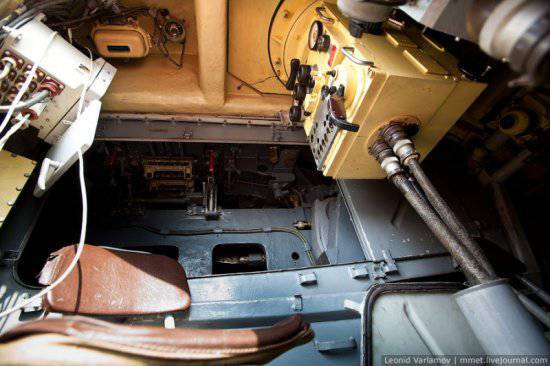
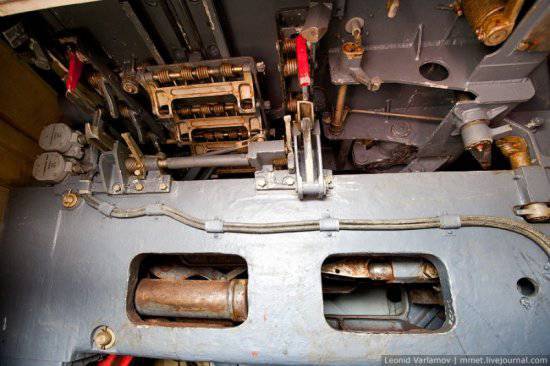
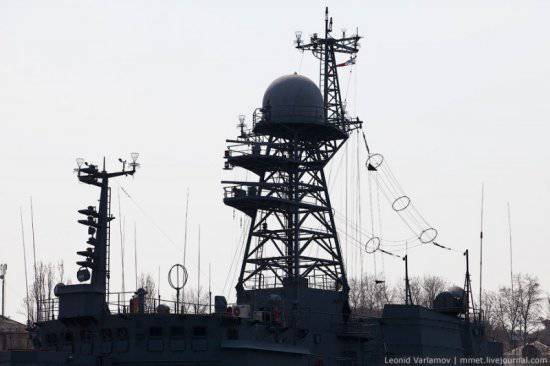
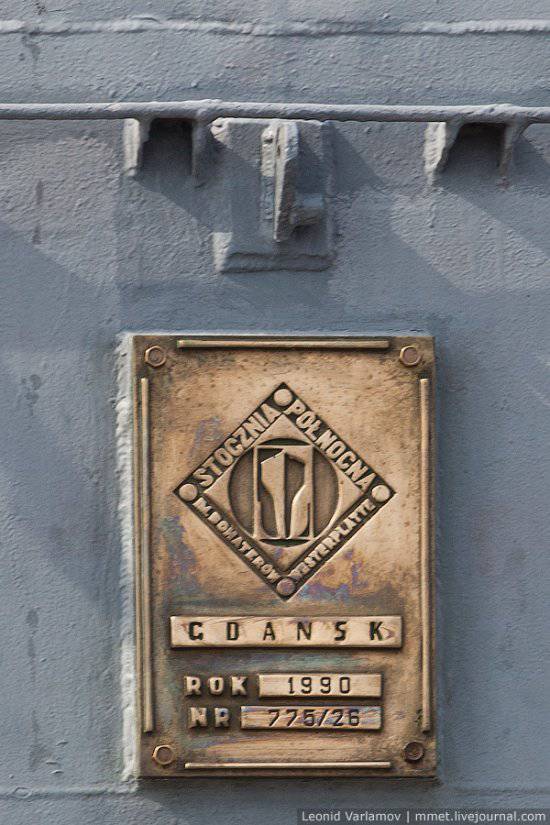
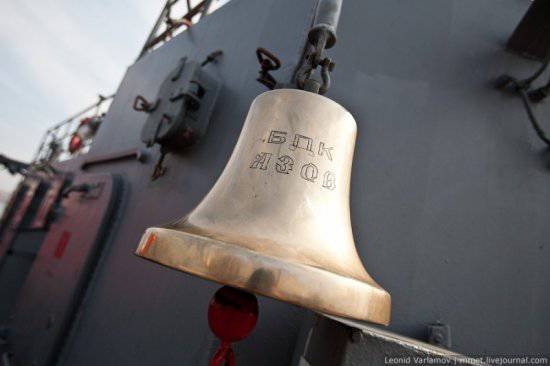
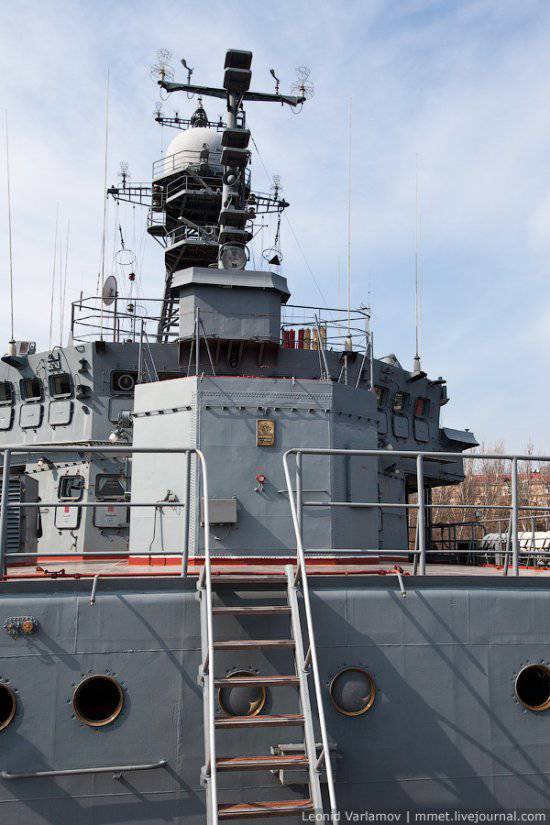
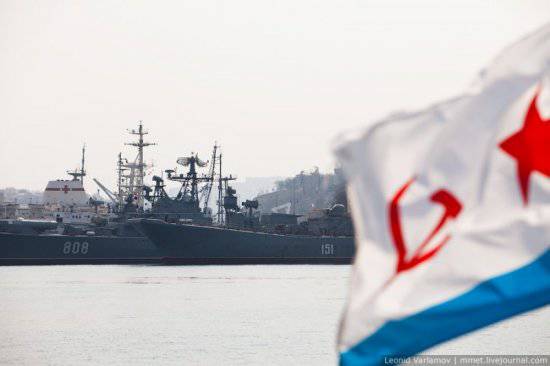
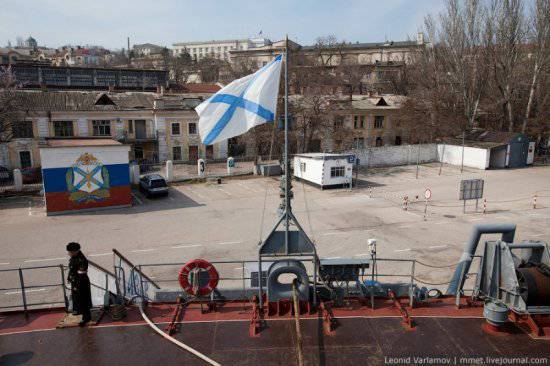
Information